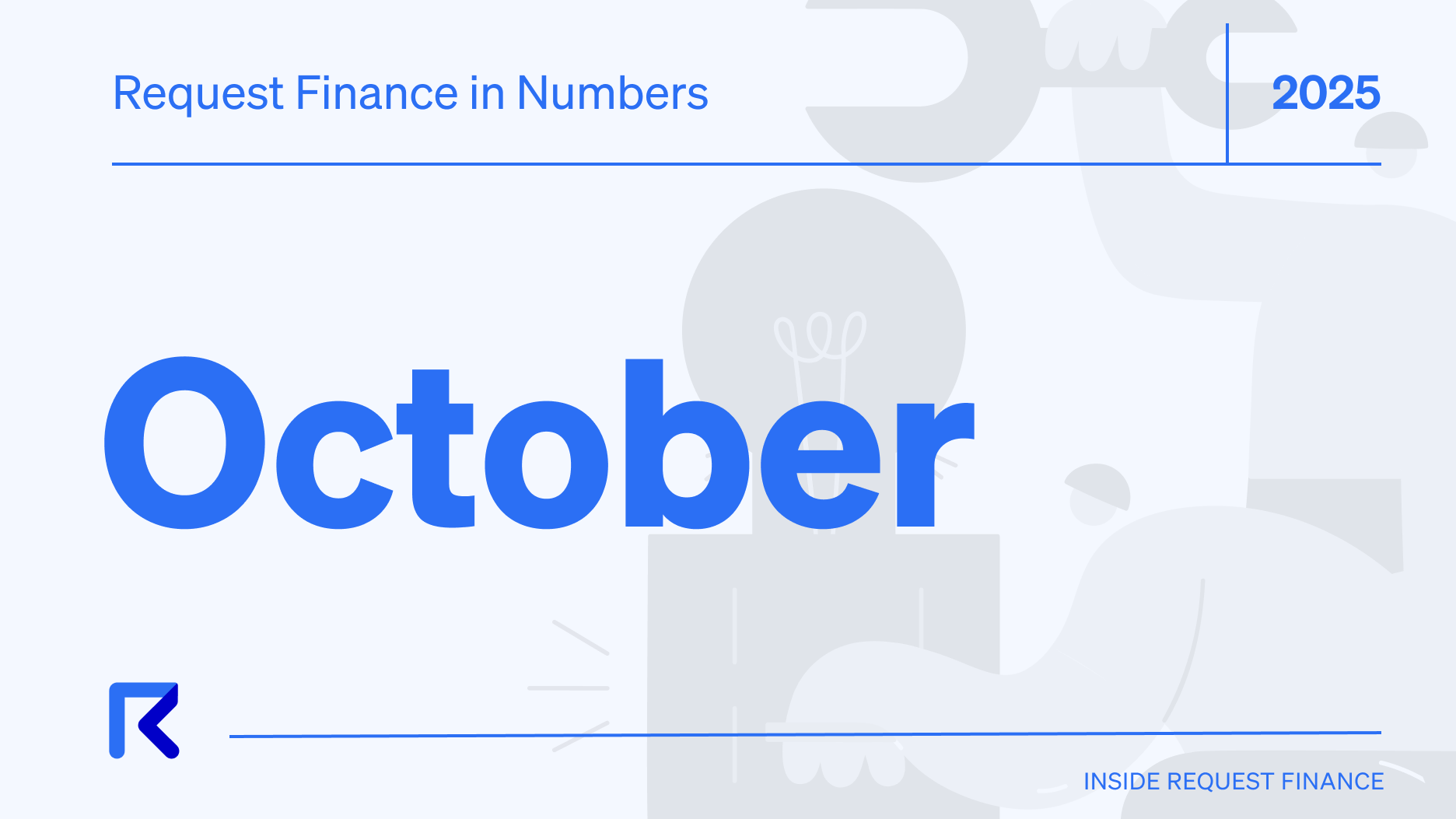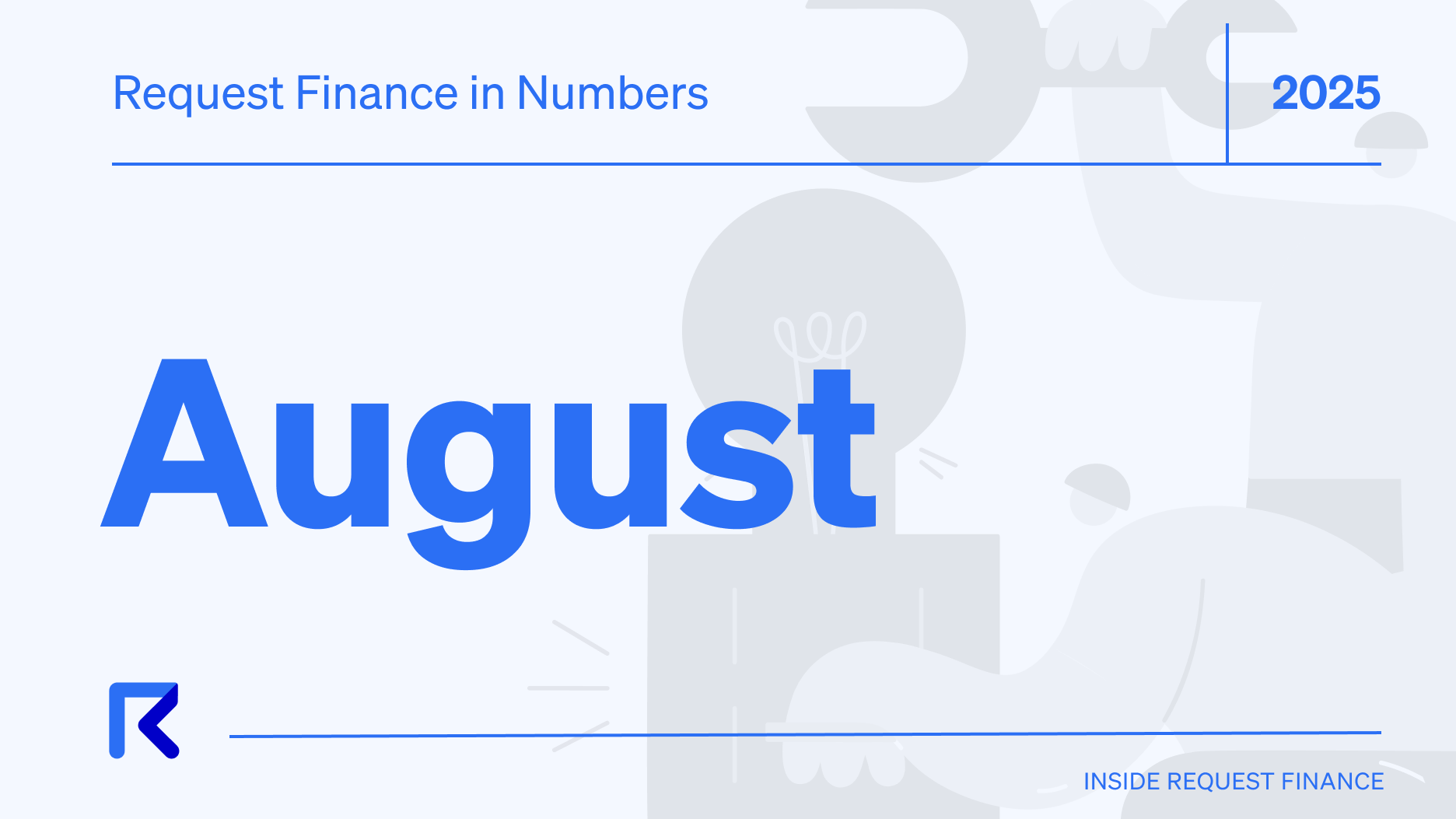Why Businesses Should Adopt Stablecoin Payments
Unlock the power of stablecoins for your business: Why they're the game-changer you can't ignore in today's digital economy.

Stablecoins are a key part of the crypto ecosystem.
They offer stable prices, faster and cheaper transactions, greater access for the underbanked, an effective hedge against inflation, and the instability of local currencies.
At their core, stablecoins represent a form of cryptocurrency specifically designed to maintain a stable value relative to a specific asset or pool of assets.
For businesses looking for a better way to handle money and payments, stablecoins can be a great choice.
In this article, we'll discuss why your business should consider using stablecoin payments.
Ready to Supercharge Your Crypto Accounting?
Stop wasting time, manually creating journal entries. Automate your accounting now, and enjoy error-free reporting
Learn how to scale your company's crypto & fiat financial operations
Your financial complexities are our specialties. Schedule your free consultation today and discover how Request Finance can transform your financial operations
Simplify crypto and fiat financial operations today
Rely on a secure, hassle-free process to manage your crypto invoices, expenses, payroll & accounting.
1. A stable asset amidst volatility
Unlike their cryptocurrency counterparts, stablecoins are not subject to drastic price fluctuations.
When weighing stablecoins vs altcoins, stablecoins undoubtedly offer more stability and security. While altcoins may offer potentially high returns, their inherent volatility makes them less suitable for businesses aiming to maintain stable transactions and reduce financial risk.
Take the example of the drastic price fluctuation of Bitcoin in 2021. Its value skyrocketed to an all-time high of nearly $65,000 in April, only to drop below $30,000 in June. This level of volatility is not conducive for businesses as it exposes them to a high risk of financial loss.
In contrast, stablecoins maintain their value even amidst such market turmoil, making them a more secure option for businesses. Through a stablecoin payment gateway, businesses can ensure that the value of the digital coin remains consistent, effectively reducing the risks associated with volatility.
This stability is made possible by pegging the stablecoin value to a reserve of assets.
A USD stablecoin like Tether (USDT) or USD Coin (USDC) is backed by the equivalent value in USD, maintained in a reserve by the issuing organization. Even if the broader cryptocurrency market experiences a downturn, the value of these stablecoins remains unaffected.
Take Tether, for instance, whose price has remained relatively constant at around $1 despite the high volatility observed in the crypto market.
This level of stability provides a strong case for businesses to adopt stablecoins as a means of transaction, reducing their exposure to potential losses due to market fluctuations.
2. Fast transactions and lower fees
Businesses operate in an environment where time is money. Any delays in transactions can lead to missed opportunities and reduced efficiency.
Transfers via SWIFT can take several days, and in some cases, even weeks, especially if intermediary banks are involved. Additionally, the fees associated with SWIFT transfers can be unpredictably high.
Financial institutions and remittance services frequently obscure their charges by embedding them within the foreign exchange rate margin. Consequently, many businesses end up incurring higher costs than necessary.
Take this as an illustration: a bank might impose a seemingly modest $20 transaction fee. However, the added percentage on a foreign exchange deal can often surpass 2% of the entire transaction amount. This means that for a transaction worth $1M, the cost could escalate to $20,000, in addition to the initial $20 transaction fee.
Businesses that operate on low margins, especially those involved in international or cross-border trade, are particularly sensitive to transaction fees. Even a small percentage saved on transaction fees can translate into significant savings when dealing with large volumes.
Here, stablecoins offer an edge. Transactions are executed in real-time or near real-time, significantly minimizing the wait times associated with traditional banking systems.
For instance, traditional wire transfers could take anywhere from several hours to a few days to complete. In contrast, a stablecoin transaction could be completed in a matter of minutes or even seconds, depending on the network load and transaction fee set by the sender.
This speed can prove to be a game-changer, especially for businesses dealing with international transactions, which are often subject to time-consuming procedures and verification processes in the traditional banking system.
Moreover, the fees associated with stablecoin payments are usually significantly lower than those charged by credit card companies and banks.
This difference can translate into substantial savings for businesses, especially those dealing with a high volume of transactions. For instance, a business processing $1 million worth of transactions per month could save thousands of dollars in fees by switching to stablecoin payments.
3. Financial access for the underbanked
One of the most commendable attributes of stablecoins is their potential to offer financial services to underbanked communities. Many individuals worldwide lack access to basic financial services due to a lack of identification, trust in banking institutions, or geographical barriers.
Stablecoins, being digital assets, are accessible to anyone with an internet connection, creating the potential for greater financial inclusion. By accepting stablecoins, businesses can reach out to this otherwise inaccessible market segment, creating an opportunity for expansion and inclusive growth.
Moreover, the rise of remote work is a key trend in reshaping the global workforce. This shift is particularly relevant for businesses looking to tap into a global talent pool. The growing acceptance of remote work, alongside the increasing digitization of our world, opens up a world of possibilities, one of which is the ability to employ talents from regions previously considered inaccessible.
Historically, a significant barrier to employing talents in underbanked areas has been the absence of a robust banking infrastructure. Traditional banking systems can be challenging or even impossible to access in certain regions, creating a significant hurdle for businesses looking to pay their remote workers.
This is where stablecoins enable businesses to leverage talent in underbanked areas. They offer a reliable and efficient means of transferring value across borders, making it feasible for businesses to pay their employees, regardless of their geographical location.
Consider a hypothetical software development company based in San Francisco. With the increasing demand for blockchain and Web3 skills, they are struggling to find enough local talent. Hence, they decide to explore hiring remote workers from underbanked regions like certain areas of Africa, Southeast Asia, or South America.
By utilizing a stablecoin payment system like Request Finance, the company can easily transfer payments to their remote employees, overcoming the constraints posed by traditional banking systems.
The employee, in turn, receives their salary in a stable digital asset that can either be stored digitally or converted to their local currency.
Let’s take a look at how you can automate payroll in stablecoin with Request Finance:

Under ‘Payroll’, enterprises can easily schedule recurring crypto salary payments for their employees regardless of their location. This frees up team members from the hassle of submitting invoices to HR or finance departments to receive payments.
It also allows employees and employers to easily review transaction histories, including the exact amount paid, to whom, when, and the market price at the time of payment.

Request Finance allows you to auto-fill your employees' personal information and wallet addresses on payday, manage your team by business units, and see your employee data securely in one place.
4. Hedge against inflation and currency instability
In economies plagued with high inflation rates or volatile currencies, stablecoins serve as a safe haven. By maintaining a steady value, they protect businesses from the damaging effects of inflation and economic instability.
The situation in Venezuela provides a poignant illustration of this benefit. With hyperinflation rendering the Venezuelan Bolívar practically worthless, many citizens and businesses have turned to cryptocurrencies and stablecoins for financial survival. By accepting stablecoin payments, businesses can safeguard their assets, ensuring survival and growth amidst economic turmoil.
Dollar-denominated stablecoins are increasingly being used as a store of value and a hedge against inflation and weak currencies in emerging markets. There’s over $100 billion in combined market capitalization of dollar stablecoin adoption in Sub-Saharan Africa to safeguard against the devaluing of local money. Similarly, stablecoin usage surged from 42% in January 2022 to 67% in March after Ukraine’s attack in Russia and has been on the rise since to hedge against currency devaluation.
Identifying the right stablecoins for your business
At Request Finance, the popularity of invoices and payroll being paid in dollar-denominated stablecoins on our app likely reflects stablecoins being increasingly used as a medium of exchange, a store of value, and a viable alternative to hedge against inflation.
Despite adverse events such as the temporary de-peg of USDC which occurred after the recent closure of SVB, the sustained popularity of stablecoins is reflected in their widespread use in enterprise crypto payments.
USD-denominated stablecoins account for nearly half of enterprise crypto payments made on Request Finance.

Selecting the right stablecoin for your business can be a game-changer. Let's look at some of the best USD stablecoins to help you make an informed decision:
Tether (USDT): Tether is the most widely used USD stablecoin, known for its high liquidity and expansive market presence. Its ubiquity means that it is readily accepted by various businesses and platforms, making it a viable option for business transactions.
USD Coin (USDC): Backed by CENTRE, a collaboration between Circle and Coinbase, USDC shines in terms of regulatory compliance. This compliance, coupled with its commitment to maintaining a 1:1 reserve of USD for every USDC in circulation, makes it one of the safest stablecoin options for businesses.
Dai (DAI): As a decentralized stablecoin over-collateralizing Ether to maintain its value, DAI offers stability and offers some of the best stablecoin interest rates. This stablecoin is an excellent choice for businesses interested in a decentralized, non-USD stablecoin.
Understanding the tax implications
If you're considering integrating stablecoin payments into your business operations, the next question that arises in the minds of business owners is, "Are stablecoins taxed?"
The answer largely hinges on the jurisdiction in which your business operates. The tax implications of stablecoin transactions can vary significantly from one region to another.
Navigating these tax waters can be complex, and the stakes are high. It’s vital that you understand how to remain compliant with local regulations and avoid any potential legal issues down the line.
Crypto finance tips straight to your inbox
We'll email you once a week with quality resources to help you manage crypto and fiat operations
Trending articles
Get up to date with the most read publications of the month.
Our latest articles
News, guides, tips and more content to help you handle your crypto finances.











